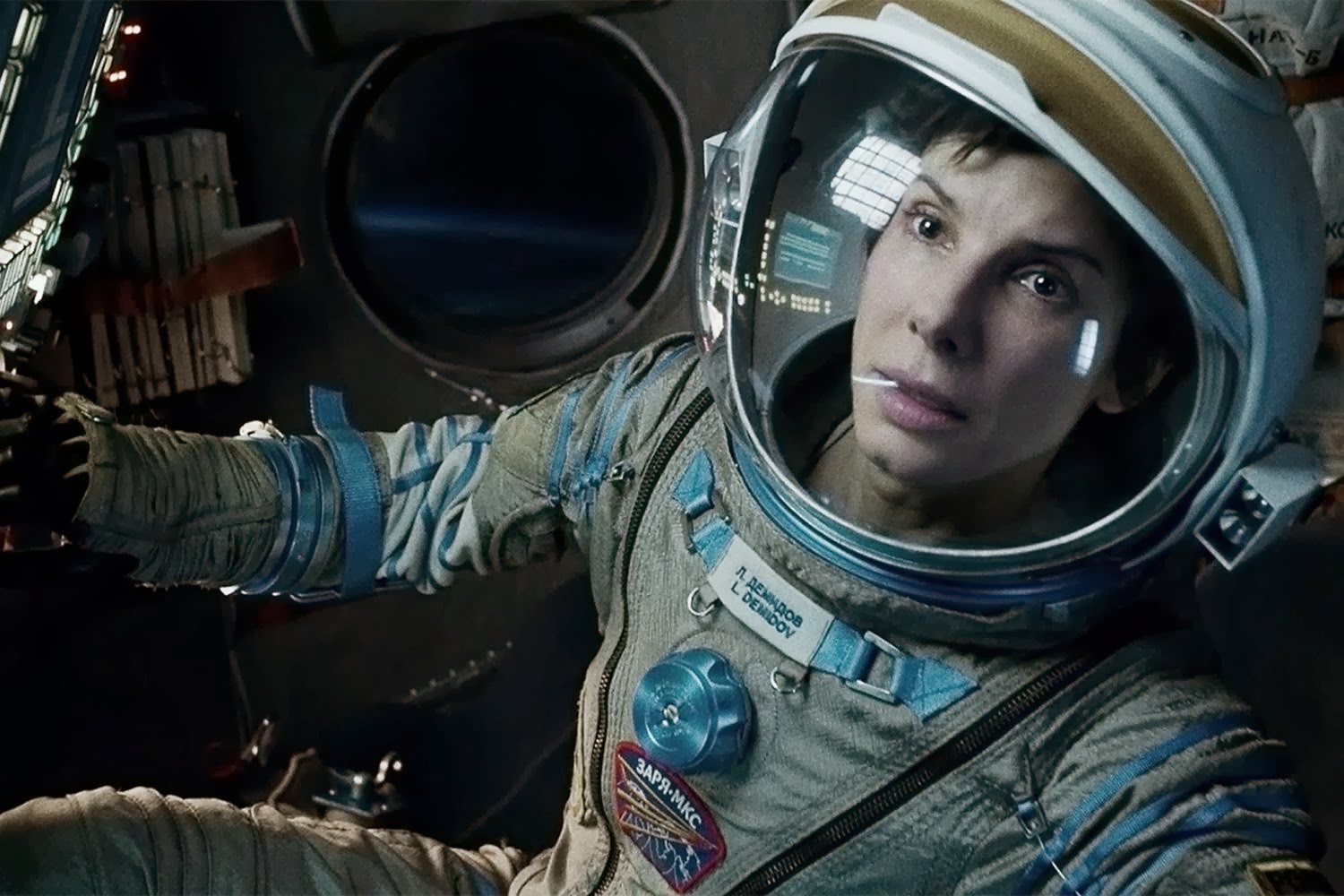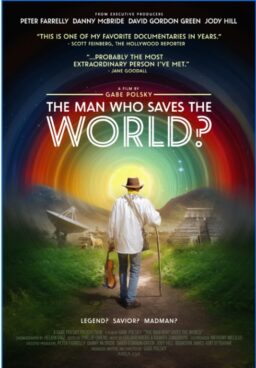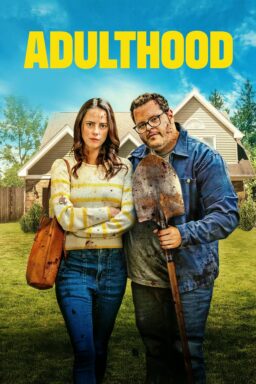There’s a scene in Alfonso Cuarón’s “Gravity” that exemplifies one of the strongest thematic cores of his filmography. Arriving not even halfway through the film, it pulls the rug out from under us. Until this point, we’ve experienced an overwhelming, nauseating survival film where the key players—Sandra Bullock’s Dr. Ryan Stone and George Clooney’s Matt Kowalsky—are up against immeasurable odds. As the two fight decreasing oxygen levels, Matt raises Ryan’s spirits, asking her if she has anyone down below looking up and thinking of her. She had a daughter, she replied. “She was four. She was at school playing tag, slipped, hit her head, and that was it. Stupidest thing.” Bullock delivers this with a hint of wistfulness, a drop of palpable anger. This frank recounting of her daughter’s death plays against a haunting backdrop, the camera focused on Bullock’s face before panning to take in the expansive planes of Earth behind her, while Steven Price’s score becomes alien and whimsical.
Many of Cuarón’s films deal with loss, grief, and loneliness. But “Gravity” is the most deliberate in underscoring how grief eats away at a person, pushing them to chase silence until they’re forced to reckon with what they lost. Released ten years ago this month, the film handles such a personal and intimate story with striking grandiosity.
The film’s impression was staggering in theaters, equally dizzying and emotionally destructive. Bullock’s Ryan has suffered an impossible loss in her daughter’s death, which turns what might’ve been a simple action-adventure story into one that tackles the very different types of survival and what it means to persevere in increasingly unrelenting odds. A medical engineer, she decides to embark on her first shuttle mission, teaming with veteran astronaut Matt Kowalsky (George Clooney) on his last trip beyond the atmosphere before retirement. What was meant to be routine takes a dramatic turn; the shuttle is destroyed, and the two are left with no conceivable rescue. “Gravity” marries personal tragedy with looming disaster, as Ryan is forced to deal with two different types of survival.

The striking potential loneliness of being human is a thematic undercurrent in all of Cuarón’s stories. In “A Little Princess” (1995), Sara Crewe lies weeping, encircled by lines of wet chalk, believing her father has become a causality of war. Yalitza Aparicio’s Cleo suffers a traumatic stillbirth in “Roma” (2018) following a violent public event that induces her labor. In “Children of Men” (2003), a broken society is seeking answers amidst the increasing depravity of the world when the hint of new life–greater, promised futures–is suddenly stripped from them. Even “Harry Potter and the Prisoner of Azkaban” (2004) touches on what could’ve been, as Harry grieves parents he never knew, with two figureheads who knew his parents well, Remus and Sirius, arriving in his life.
One of the most memorable, intrinsically linked images to his career remains in “Y tu mamá también” (2001). Maribel Verdú’s Luisa has her back to the camera, facing the sea and along against the great swarth of the ocean and a future, devastating decision. “Gravity” (2013) literalizes this. In the loneliest, most removed situation a person can imagine, adrift in the endlessness of space, Ryan is forced into a physical and cerebral reckoning of grief.
So often in movies about space, the gravity-defying platform allows a character to express or be content with emotional, existential baggage. The follies of fatherhood are investigated in films such as “Ad Astra” (2019), “Interstellar” (2014), and “First Man” (2018). “Moon” (2009) offers a platform for a man to realize his insignificant mortality. “Gravity” pivots refreshingly to motherhood and hones in on the idea that we can travel to the very ends of the universe, but we’ll always be trapped within the confines of our thoughts.

Cuarón and his team masterfully bring this space story’s suspended action and weightless limbo to life, from a shocking opening with reverberations ricocheting up our spines to meditations on loss that arrive midway through the film. The further we traverse with these characters, namely Ryan, the more we realize that the film’s sense of claustrophobia isn’t just due to the nature of the space suits but the mental pressure she faces.
Cuarón demonstrates some of his greatest thematic inclinations in “Gravity,” though he has always luxuriated in distinctive visual and thematic odds. Think of all his shots of a lone figure set against daunting or triumphant futures—Harry Potter mid-flight on Buckbeak, Sara dancing in the snowflakes after her doors burst open, the long tracking shot in “Children of Men.” That loss of “something” and the theatrical way they’re depicted is key to Cuarón’s works and how that loss then informs the character’s present and future. “Gravity” begins with a bruising sequence, shot in a single take, in unrelenting motion. The story deals with a woman seeking to avoid stillness in a landscape where she can merely float. Her daughter’s death was meaningless, following what normally would seem a trivial accident, while Ryan survives the most seismic odds. “Gravity” seeks meaning in the inexplicable randomness of life and the hubris we harbor due to it.
Grief’s formidable, destructive, and cyclical nature is on display, raw and wounded, and, at times, painfully uncomfortable to watch. Bullock’s character tries to escape the reminders of her loss and, by trying to run from it, seeks the vast, ultimate silence of space. The endless frontier forces her to confront her pain in the act of catharsis and rebirth as she reckons with her grief in the very silence she fled to.

Such a sense of loss and the destruction of innocence can also be found in “A Little Princess” and “Harry Potter and the Prisoner of Azkaban.” “Y tu mamá también” tackles the more literal loss of life while also dealing with the potent devastation of failing to maintain the friendships of our youth and the vacancy they leave in their leaving. And there’s an immeasurable loss of hope in “Children of Men.” Cuarón’s films ache with the melancholy of those who endure that absence.
Ryan loses her daughter, but what a character is missing is different for every film by the director. This vacancy is often depicted with a frank directness that speaks to the filmmaker’s affinity for momentous scale, no matter how intimate the story. In “Gravity,” it’s linked to the film’s survival story nature and structure. If Ryan can survive—unscathed or not—the death of a child, this free fall, this suspended flight of suspected doom in space means little. The bigger question is if she chooses to, and with that choice to fight and attempt to live, must choose to confront all of the debilitating memories and the noise that follows.
The film’s final moments don’t aim for subtlety, nor should they. As Ryan readies herself to re-enter the atmosphere, she mentions how there are only two options ahead of her: she’ll survive and have a great story, or she’ll burn up and die, “no harm no foul.” “It will be one hell of a ride—I’m ready,” she says before descending into a fiery flight in which she’s accepted either fate.

By the film’s end, Ryan has plummeted from space and mentally brawled with herself and zero gravity as a means to confront her grief. The final moments of “Gravity” are made all the more impactful due to Price’s bombastic score, with Cuarón depicting a woman learning to walk again. This closing scene is beautiful because of the heavy hand that paints it.
“Gravity” spends so much time in the existential hell of vacancy—a plane of existence as revelatory as it is overwhelming in its possibilities. Finishing the story with a sensory overload adds a robust finish, expanding and further digging into the story twofold. On the one hand, the noise and elements surrounding Ryan help deliver a dizzying finale. On the second, it represents her literal rebirth, the plummet from space being her delivery onto the world anew, her first steps being literal and figurative, shaky, weakened, but breathing.
But the bigger message wrapped within those ideas of loss is that loneliness is how that loss is dealt with rather than suffered. How they deal with it allows for the biggest chance of metamorphosis—Bullock dragging herself from that water and fighting the elements to stand on two destabilized feet, Clive Owen racing through the end of the world, a flame of hope ignited and guarded with tired hands or little Sara Crewe throwing a defiant, decadent, imaginary breakfast. We all suffer loss at some point in our lives, and Cuarón puts to screen the idea that it’s never so much about what we lose but how we grow or wither in the wake of it all.











